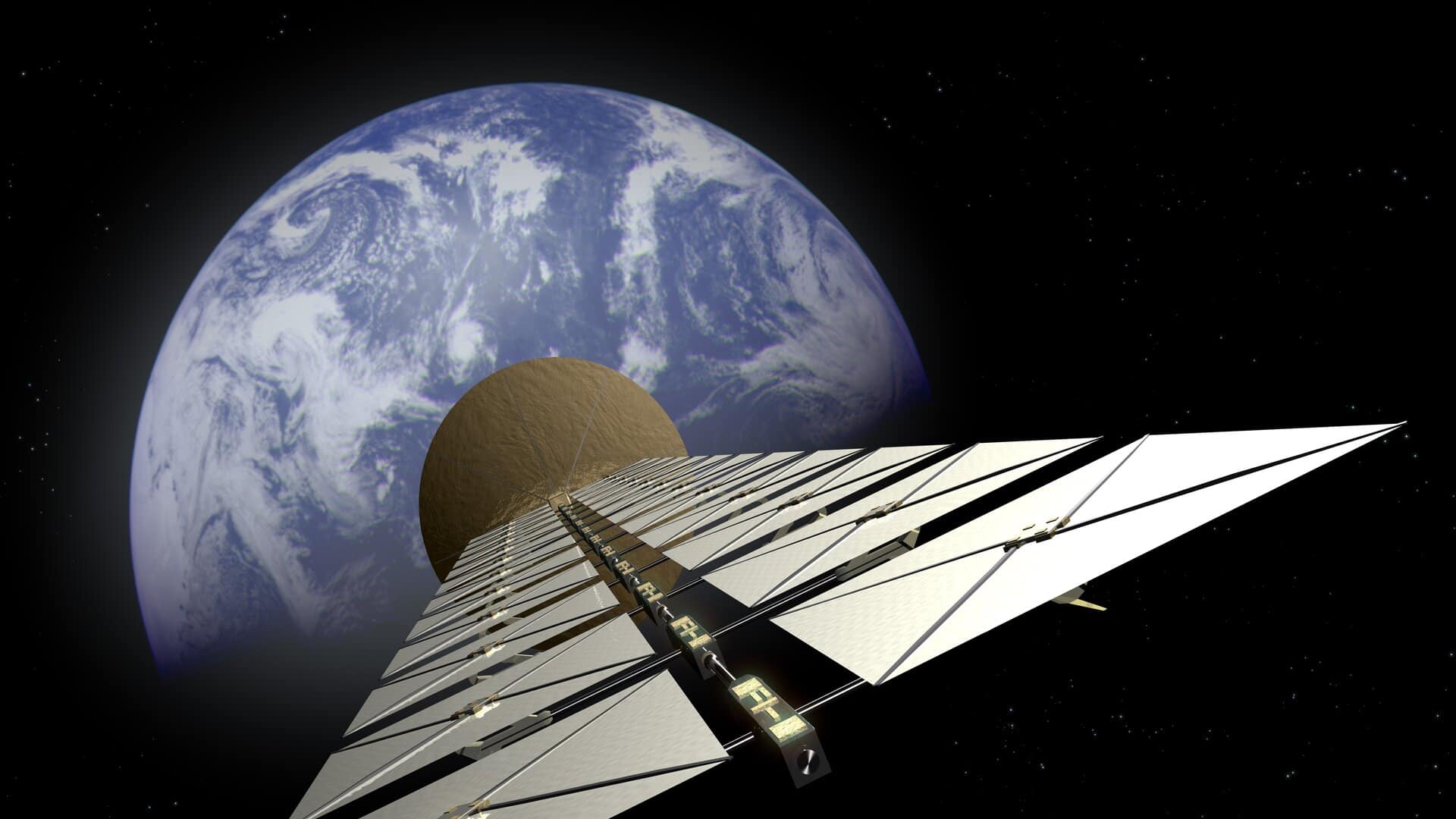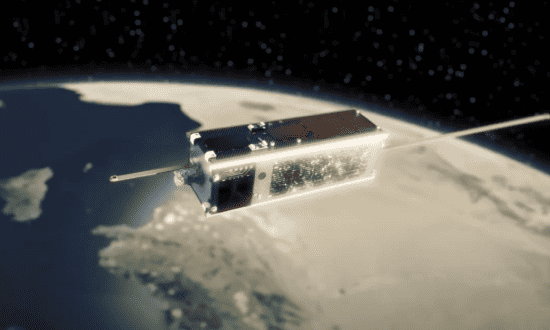
Most of us have seen solar farms dotting the landscape. Now imagine these, but in orbit. The concept of space-based solar panels has always been on the scientific horizon. Finally, however, the concept is within reach.
A new study from the Universities of Surrey and Swansea, published in the journal Acta Astronautica, could pave the way for commercially viable space solar farms. The research followed a satellite called AlSat-1N for more than six years as it generated power and weathered solar radiation over 30,000 orbits.
The future is bright and it’s coming from space
Most solar cells have historically been made from silicon, but this material presents some difficulties, especially when applied to space missions. While developing space hardware, it is essential to keep both weight and adaptability in mind. The beauty of thin-film solar cells lies in their lightweight and malleable nature, making them a fitting candidate since every gram and inch counts.
Thin-film cadmium telluride (CdTe) was used to create the cells powering the AlSat-1N Thin-Film Solar Cells (TFSC) experiment. The United Kingdom’s Engineering and Physical Science Research Council (EPSRC) funded a three-year project that bolstered this effort. To everyone’s excitement, the satellite is still generating power.
“We are very pleased that a mission designed to last one year is still working after six,” said Craig Underwood, emeritus professor of spacecraft engineering at Surrey Space Centre, University of Surrey. “These detailed data show the panels have resisted radiation and their thin-film structure has not deteriorated in the harsh thermal and vacuum conditions of space.”
The numbers have been promising. TFSC cells have proven not only to have an initial efficiency of around 12%, but also have withstood the harsh ionizing radiation of space with remarkable success. They are protected from the darkening effects of radiation thanks to a novel design feature: cerium-doped alumino-silicate cover-glass. This durability and efficiency are essential for use in outer space because of the harsh conditions there.

“This ultra-low mass solar cell technology could lead to large, low-cost solar power stations deployed in space, bringing clean energy back to Earth – and now we have the first evidence that the technology works reliably in orbit,” Underwood said.
Thin-film solar cells’ versatility is an additional benefit beyond their low price and high efficiency. These cells, in contrast to their silicon analogs, can be fabricated in a wide range of sizes and shapes. They can be easily incorporated into various frameworks, from soft and inflatable to more rigid forms. This adaptability means they’re a great fit for diverse space endeavors, be it small-scale CubeSats or sprawling space-based power systems.
While the efficiency of the PV cells isn’t fantastic, the energy output is still significant since there is no atmosphere to block or dampen sunlight. The space-based solar power can then be safely beamed back to Earth via microwave or laser beam where it can be collected at the ground using a thin wire mesh.
The need for space-based energy sources is growing in tandem with the space exploration and mission sectors. Massive solar photovoltaic (PV) arrays, which can provide orders of magnitude more power than current offerings, are urgently needed right now. Thin-film solar cells offer an alluring solution to this issue. They’re cheaper than other forms of space-grade solar PV technology and promise to produce greater specific powers.
“The successful flight test of this novel thin film solar cell payload has leveraged funding opportunities to further develop this technology,” said Dan Lamb of the University of Swansea, and study author. “Large-area solar arrays for space applications are a rapidly expanding market and demonstrations such as this help to build on the UK’s world-class reputations for space technology.”
Was this helpful?



